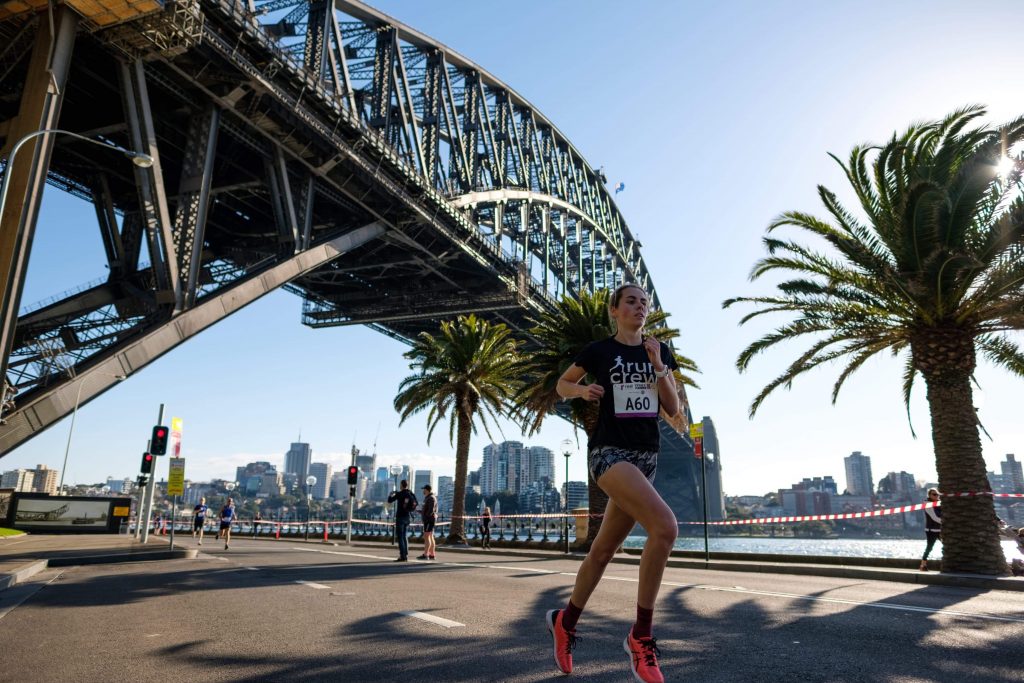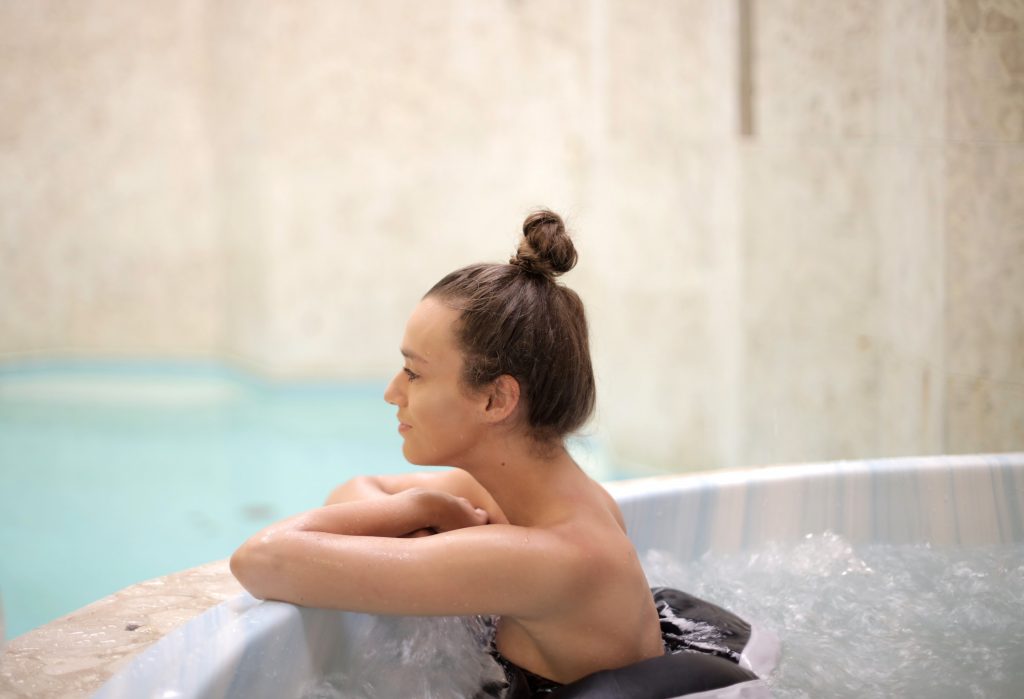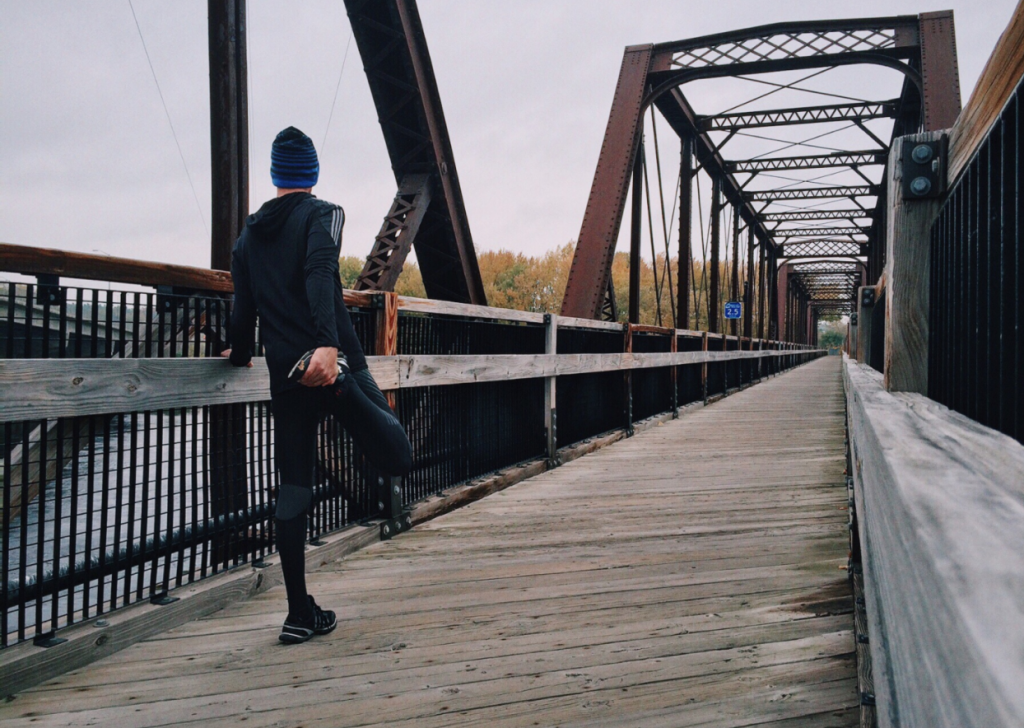Taking An Ice Bath After Running
Ice baths are a well-known method that many athletes, particularly runners, incorporated as a part of their recovery regimen. It’s important to any sports-person that recovery is optimized, time-effective and sport relevant. For athletes regularly involved in competition, It is essential that they recover quickly for their next training session or event, especially if they are competing within a close time framework. This allows them to perform at their best, under the given circumstances.
A few other things to consider are the individualization and periodization (what time of season you are in), the goals of the athlete, and if there is an injury involved, all of which impact a recovery routine. Personally, I like to establish a recovery routine that is quite diverse, so the body doesn’t get too used to one method. I include stretching, neural flossing, foam rolling, trigger ball releasing, Normatec boots (or anything similar), dry-needling, sports massage, A-stem/Graston technique and the occasional ice bath. Recently, I purchased a pair of recovery sandals/flip-flops to walk around the house and run errands in. We’re heading into Summer now in the US, and I don’t want to be stuck in a pair of crappy flip-flops 24/7 which aren’t optimal for a runner’s feet. After all, they are your assets! Try https://www.oofos.com/.
Are ice baths good for recovery after running?
This is a hot topic of debate, and currently, a large body of research has been conducted around the topic and studies are ongoing at present. I decided to consult a number of studies from accredited journals (the perks of having access to a university library!), and Sydney SportsMed Specialists to double-check my findings. What is an ice bath? Basically, it is 10-15 minutes in very cold water (50-59 F) after an intense exercise session. Many professional sports outfits across numerous contact and collision sports promote the benefits of ice baths with their athletes.
Interestingly, Ice Baths may not be all they are hyped up to be. Other recovery methods are likely to be better from a sports medicine standpoint. However, I’m a believer in placebo also, so if it makes you feel good, then go for it! The evidence for ice as a treatment for acute injuries is also under challenge, Although the jury remains out on that one.
A study was conducted for the Journal of Science and Medicine in Sport, on the effect of an Ice Bath for recovery in U/20 Rugby Union Players. There was no significant difference between the group that did utilize an Ice Bath and the group that didn’t post-session (specifically, this was tested after multiple shuttle workouts, a 300m running test). Considering this, the article illustrated that “during pre-season training, the physical work undertaken may be more important than the recovery protocol for improvements in fitness parameters tested in this study.” Just food for thought.
Further, a research article from The Journal of Physiology (2017) concluded that “cold water immersion (CWI) is no greater than active recovery upon local and systemic inflammatory cellular stress in humans” (pp. 1857). In other words, active recovery is no better than taking an ice bath. What the article did mention, however, is that CWI “may be useful within competition settings..with a short turn-around, of a particularly damaging nature, or in high environmental temperature” (1858). Yet it posed that during pre-season, it might hinder the athlete’s ability to adapt to the training, and potentially hinder performance. What is concluded: Cold Water Immersion has “a lack of impact..on the post-exercise inflammatory and cellular stress response” (1858). Briefly coming back to the comment on environmental temperature, CWI is certainly a very important intervention in the treatment of exercise associated heat illness, say during or after an endurance event. It does, however, seem of less importance in recovery from training or competition. Please note, that the study only included 9 young men, aged 19-24 years doing resistance training 3 times a week, so it was not a particularly large study.
I wanted to take a further look into the potential benefits of cryotherapy on provoking an anti-inflammatory response. A study published in The European Journal of Applied Physiology (2013) utilized a randomized trial to examine the “effect of cryotherapy on the inflammatory response to muscle-damaging exercise” (2577). The study involved 20 active males completing a 40-minute run downhill (10%), at 60% of VO2 Max, to “induce muscle damage”. After they completed the exercise, they sat in an ice bath (5 degrees C) for 20 minutes. From the results gathered, 20 minutes of immersion did not impact the level of soreness or assist the short-term loss of strength after the muscle-damaging exercise.
So, with all this information, what is beneficial when it comes to Cold Water/Ice? I find that the well-known R.I.C.E method (rest, ice, compress, elevate) is pretty trusty. If I have irritation or inflammation in a particular area, I’ll R.I.C.E it for 20 minutes, 3 times a day. If you’re lucky and own or have access to the Ice compression gear/technology, go for that! I do believe that there is still a lack of research surrounding hot and cold water immersion/contrast therapy. There will always be the proponents and the detractors. The timing surrounding this recovery method and specific temperatures need to be questioned and clarified with further research.
Why do Ice Baths make me feel good?
The placebo effect may arise from the fact that the CWI causes vasoconstriction (narrowing of the arterial vessels in the peripheries) and the feeling of the warm blood rushing in from the core when one gets out of the bath can give an invigorating feeling and make you feel good. This gives the feeling of improved perceived recovery. It also may decrease the effects of heat and humidity, if the athlete is playing or training in those types of environmental conditions, by lowering the core temperature a degree or so.
What about after HIIT training, specifically for runners?
This paper focuses specifically on a group of 9 runners who did a CWI (cold water immersion) after a HIIT session. One group participated in CWI immediately post-session and the other 3 hours after. The study was conducted to determine whether it would improve next-day exercise performance.
The study showed some benefits of CWI in a yoyo test. Note, that this is not training or competition, but could be an indicator of potential benefits of an Ice Bath. More study is needed as to how much benefit, which is unknown at present, and a larger sample size of runners…
What do you do after an ice bath?
In terms of the post Ice Bath routine, there isn’t too much to it. Simply dry off well, change into some warmer comfy clothes, or my personal favorite, compression gear, and recover after your workout or event. If you’re finding it hard to warm up again, try a hot drink or soup.
How often should you take ice baths after running?
Generally speaking, ice baths are best utilized after sessions that involve high muscle-damaging activity. For the runner, a hard interval session, tempo session, between track events or post-race are all good times to take an ice bath.
Remember, you don’t have to immerse your entire body in the bath if you don’t want to, just soaking the legs is also common.
Should I take a warm bath after an ice bath?
It’s not ideal to jump straight into a warm bath or hot shower after an Ice Bath – it kind of defeats the purpose. Unless you’re deliberately doing hot and cold contrast therapy to recover, stick with just an ice bath. If you absolutely need to, take a luke-warm shower after, but nothing too hot (like your usual shower, sadly).
How long should you ice bath after running?
I know the recommended amount of time for an Ice Bath immersion lies around 5-20 minutes depending on how accustomed you are to them, and how cold the water is. If you’re a first time user, start off with less and don’t beat yourself up if you can’t stay in for the whole length of time. If the water is super cold, go for less time, and vise versa. I personally set a timer and try to relax. Placing a big warm towel beside the bath is a must, it makes the whole idea of an Ice Bath easier to digest.
Remember to cool down/warm down after your event before hopping into an Ice Bath, however, so your muscles are relaxed and heart rate (HR) has had a chance to decrease and signal the body to begin the recovery process.
Should you stretch after an ice bath?
It’s a good idea to stretch after any hard training session or event, after a cool-down/warm-down. However, if you didn’t find the time, or hopped straight into an ice bath after your session, once you hop out and get warm, it is a good idea to do some light stretching. Don’t stretch when you are cold, immediately after the bath. I also stress the importance of moving around a bit throughout the day or evening post-race. Don’t get stuck in the same position for extended periods of time, as this hinders recovery and tightens muscles.




